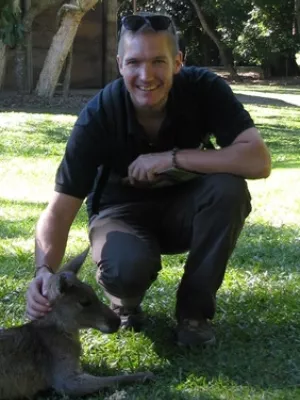
Paul Caplat
Researcher

Cross-scale management strategies for optimal control of tree invading from source plantations
Author
Summary, in English
Biological invasion by non-native tree species can transform landscapes, and as a consequence, has received growing attention from researchers and managers alike. This problem is driven primarily by the naturalisation and invasion of tree species escaping from cultivation or forestry plantations. Furthermore, these invasions can be strongly influenced by the land-use matrix of the surrounding region, specific management of the source populations, and environmental conditions that influence seed dispersal or habitat quality for the invader. A major unresolved challenge for managing tree invasions in landscapes is how management should be deployed to contain or slow the spread of invading populations from one or more sources (e.g. plantations). We develop a spatial simulation model to test: (1) how to best prioritise the control of invasive tree populations spatially to slow or contain the biological invader when habitat quality varies in the landscape, and (2) how to allocate control effort among different management units when trees spread from many source populations. We first show that to slow down spread effectively, management strategy is less important than management effort. We then identify the conditions affecting the relative performance of different management strategies. At the landscape scale, targeting peripheral stands consistently yielded the best results whereas at the regional scale, management strategies needed to account for both habitat quality and tree life-history. Overall, our findings demonstrate that knowledge of how habitat affects tree life-history stages can improve management to contain or slow tree invasions by improving the spatial match between management effort and efficacy.
Department/s
- Centre for Environmental and Climate Science (CEC)
- BECC: Biodiversity and Ecosystem services in a Changing Climate
Publishing year
2014
Language
English
Pages
677-690
Publication/Series
Biological Invasions
Volume
16
Issue
3
Document type
Journal article
Publisher
Springer
Topic
- Physical Geography
Keywords
- biological invasions
- cohort model
- spatial spread
- tree invasions
- weed management scenarios
Status
Published
ISBN/ISSN/Other
- ISSN: 1387-3547